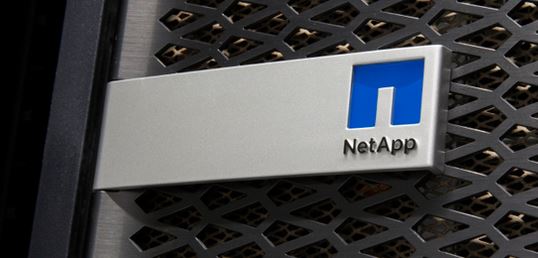
NetApp has expanded its ONTAP software and released new storage arrays to allow customers to integrate data siloes and automate processes.
ONTAP 9 includes FlexGroup, which is a NAS container that allows customers to scale one container up to 20PB or 400 billion files.
It also includes Volume Encryption, which encrypts data on any types of drive across AFF, FAS and ONTAP Select systems.
It also adds ONTAP Cloud support for Microsoft Azure. This software-defined storage runs in the Microsoft cloud, allowing customers to use ONTAP data services to manage their cloud data. This means customers can integrate Azure cloud services into their enterprise data fabric.
In the new version, ONTAP Select now supports all-flash commodity servers.

NetApp also launched new all-flash arrays, including the AFF A700 all-flash system for high performance and configuration flexibility and the AFF A300 all-flash system for mid-range all-flash configurations.
NetApp claims that the systems offer twice the performance of previous offerings at half the latency and that they can be set up in under ten minutes.
There are also new hybrid flash systems; these include the FAS8200 for enterprise workloads, and the FAS2650 and FAS2620 which are optimised for small and medium-sized businesses. According to NetApp, these offer up to 200 percent higher performance than earlier systems.
In addition, the FAS9000 is designed to handle business-critical workloads.
The AFF A700 and FAS9000 use a modular design to simplify upgrades and improve reliability.

NetApp also announced the industry’s first support of 32Gb Fibre Channel and 40Gb Ethernet in the new systems.
“Simplification is a key enabler for today’s digital transformation,” said Joel Reich, executive vice president, Products and Operations at NetApp. “NetApp’s new ONTAP software and flash systems give customers a way to bridge existing and emerging IT architectures as they build and evolve their hybrid cloud.”






